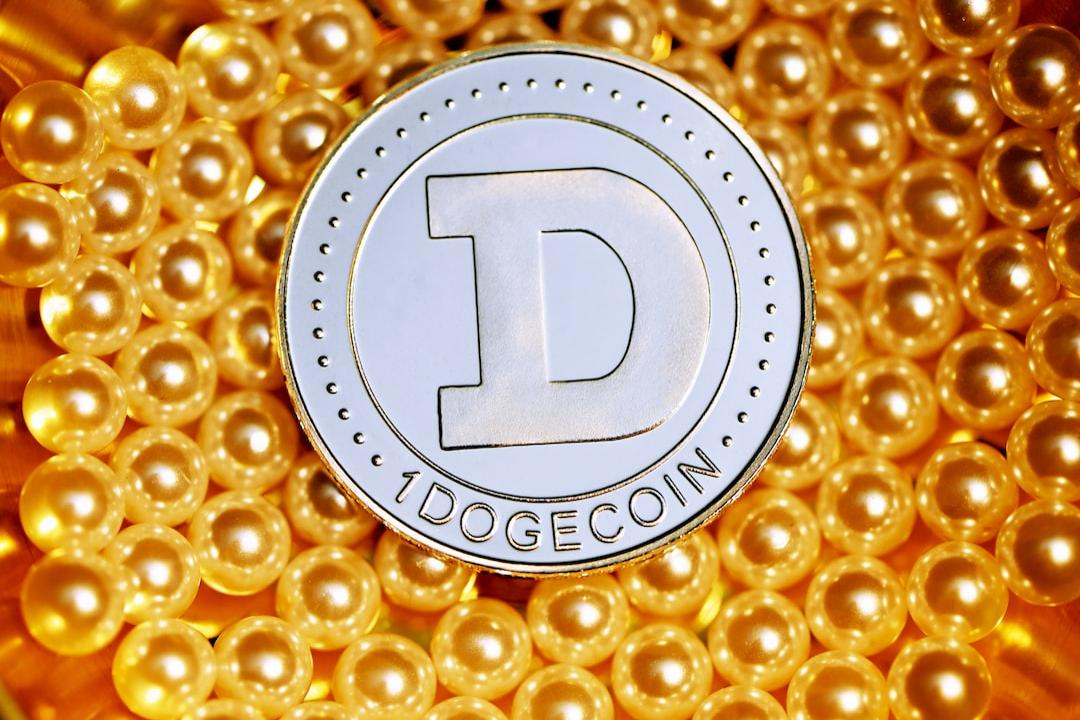The seamless cross-chain liquidity access is necessary!
1. Deploying new L2s is now easier with the CDK from @0xPolygon, OPStack from @Optimism, Orbit from @arbitrum, and other RaaS services. However, cross-chain liquidity becomes more fragmented. These are just the top 10, with countless more.

2. Cross-chain user experience remains a major issue

Cross-chain interactions have become a headache due to user experience issues. Here is the user journey:
Through Layer 1:
Extract liquidity from the source chain to L1. Wait. (If it’s an Optimistic Rollup, there is a challenge period, usually set to 7 days on most chains).
Add liquidity from L1 to the target chain. Wait.
Start trading on the target chain.
Through bridging:
Extract liquidity from the source chain to the bridging contract. Wait and pay a premium, while bearing the risk of trusting a third-party bridge.
Bridge relayer calls the mint operation on the target chain. Wait.
Start trading on the target chain, which may involve a wrapped token.
3. Introduction to AggLayer and Superchain

AggLayer addresses the issue of fragmented liquidity, which leads to inefficient capital and weakens network effects. It serves as a unified layer that enables low-latency, trustless transactions between blockchains, enhancing interoperability.
In simple terms, it can be seen as a decentralized protocol between L1 and L2. It cannot generate new blocks, but it can aggregate the blocks of connected chains. This allows chains connected to AggLayer to securely establish asynchronous cross-chain data exchange by settling on AggLayer.

Superchain, created by @Optimism, is a network of L2 chains based on OPStack, sharing security, governance, and standardized tech stack (#OPStack). By treating chains as interchangeable computing resources, it provides scalability for blockchains.
The goal: Achieve effective communication between chains
3.1 Supported L2 chain stack (customizability of chains)
AggLayer will support:
Any chain that can provide the necessary inputs for a pessimistic proof can connect to AggLayer!
3.2 L2 Security
AggLayer is secured by zero-knowledge proofs (ZK). This allows all chains capable of generating compatible block proofs to integrate into the AggLayer ecosystem. For example, Polygon PoS sidechains and Optimistic Rollups chains can generate pessimistic proofs to establish shared asset states in the unified liquidity, and chains like zkEVM can join AggLayer by generating validity proofs. AggLayer tracks the asset states of all chains. Local chain states are used to build pessimistic proofs, which are then verified on L1. If a chain attempts to withdraw tokens beyond what it has deposited, the proof will not validate.
Superchain is strictly built for OP Stack chains. All chains are connected to shared bridges and shared sorters, so all OP Stack chains achieve finality on L1 through the challenge period of Optimistic Rollup. The typical setup for OP Stack chains is a 7-day fraud proof period, while @Blast_L2 (also an OP Stack chain) is set to 14 days.
3.3 Cross-chain interoperability
AggLayer’s interoperability is achieved through unified bridging and pessimistic proofs.
Unified bridging: Allows all chains connected to AggLayer to access a shared local asset pool without the need for intermediaries or additional trust assumptions.
Pessimistic proofs: Pessimistic proofs of all chains connected to AggLayer will allow users to move assets from chain A to chain B without going through an intermediary step on L1.
Proof aggregation: AggLayer will check cross-chain transactions in the message queues of the source and target chains. If there are matching transactions on both chains, the transactions are accepted; otherwise, they are rolled back to ensure atomicity (this is part of the unified bridging process). For more information about AggLayer, please refer to @_bfarmer’s blog.
When AggLayer is used in conjunction with shared sorters (such as @EspressoSys), it can effectively achieve universal synchronous composability.
Superchain’s interoperability is achieved through two types of cross-chain interactions.
Shared sorter approach (atomic/synchronous transactions): Implemented by creating references to two transactions on different chains and allowing the shared sorter to accept both transactions or none. The shared sorter will bear the risk of accepting atomic cross-chain transactions.
Bridging system (non-atomic transactions, relying on bridges): This is a typical cross-chain bridging system. For more information about different bridging standards, please refer to the image in this tweet.
3.4 Ecosystem
AggLayer:
Currently connected chains: @XLayerOfficial, @AstarNetwork, @0xPolygon zkEVM, @swellnetworkio, etc.
@0xPolygon PoS is connecting to AggLayer, in collaboration with @SuccinctLabs.
Many other non-EVM blockchains will connect to AggLayer, enhancing the user experience of unified liquidity and cross-chain interactions. For example, @union_build is building a gateway to connect IBC chains to AggLayer.
Superchain:
Current chains: renowned onchainsummer@base, @Optimism, @modenetwork, @ourZORA, etc.
Many other chains have also joined the OPStack ecosystem.
3.5 Sovereignty and costs
Since AggLayer does not require sharing revenue with connected L2s, the daily hosting costs of L2 on AggLayer are primarily server expenses to ensure 24/7 uptime.
All chains will have the right to determine their chain sovereignty settings, as long as they can provide the inputs required to generate pessimistic proofs, they are a good chain!
For Superchain, in addition to hosting costs, all chains must comply with chain law, where 15% of Superchain sorter revenue is used to fund RFP.
4. The future of L2 cross-chain interoperability
Vitalik mentioned:

Here are some of my personal thoughts:
1. ZK: The future of Ethereum L2
Zero-knowledge (ZK) technology is becoming the ultimate solution for decentralized, secure scaling solutions in Ethereum’s L2 ecosystem. To achieve a truly user-friendly experience in future blockchain operations, major Optimistic Rollups may need to shift towards adopting ZK principles.
2. Aggregation of Layer 2 solutions
The aggregation and integration of various Layer 2 platforms represent a continuously evolving trend, reflecting the increasing interoperability among different blockchains today—a development reminiscent of countries coming together under international trade agreements such as the World Trade Organization (WTO). By eliminating barriers and enhancing compatibility between different chains, this trend paves the way for a wider adoption of blockchain technology.
3. Rise of Rollup-as-a-Service tools and AppChains
Rollup-as-a-Service tools simplify the process of creating new layers, while infrastructure such as AggLayer and Superchain facilitate liquidity bootstrapping, signifying a notable shift from merely deploying additional EVM-compatible layers to building more complex chains tailored for various use cases. This approach aims to provide diverse experiences for users in the L2 environment—supporting all conceivable blockchain use cases.
In the future, various institutions/companies/projects/alliances will have their own L2s, freely communicating seamlessly with each other, with each L2 focusing solely on its product build without worrying about attracting chain-level resources.

